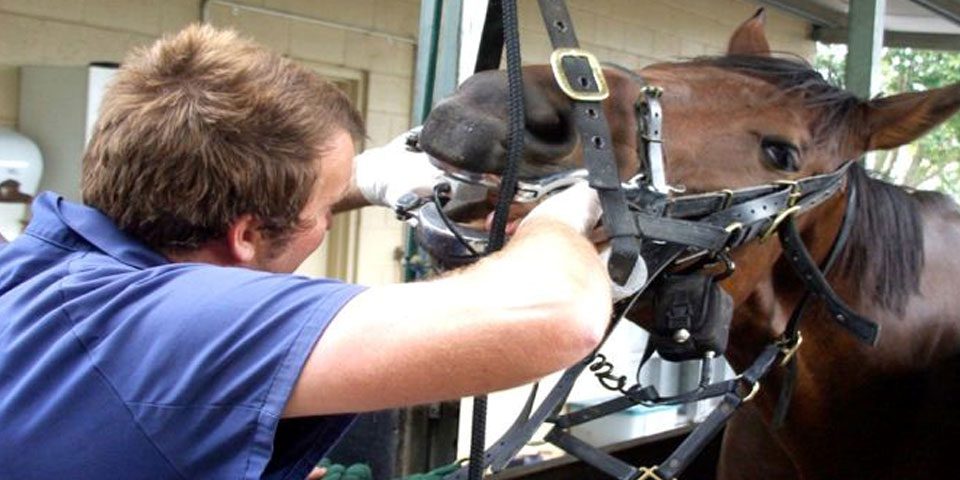The horse’s normal chewing cycle results in balanced dental wear which, in the absence of dental abnormalities, serves the horse well.
The process of domestication and the advent of processed feedstuffs have significantly altered the duration and biomechanics of mastication. These factors have contributed to the appearance of dental diseases of the soft tissues of the mouth. The problem with dental disease is that once it becomes severe, it is often irreversible, and so the horse never regains its ability to chew properly. A horse in the paddock will eat grass for between 10 to 18 hours a day. Unlike ruminants a horse will only chew its food once and thus it is important that they crush and shred it into small enough pieces to aid in digestion.
The adult horse has 12 incisors that are used to bite off grass and hay, and 24 cheek teeth which are packed tightly together to act as a single chewing unit. The horse’s lower dental arcade is straighter and narrower than the upper arcade. Also the upper cheek teeth are larger with a greater surface area. The chewing cycle of the horse involves the mandible (lower jaw) moving in an oval shaped and side to side pattern across the maxilla (upper jaw), as a result, sharp enamel points appear on the outside of the upper cheek teeth and the inside of the lower cheek teeth. Management of these sharp points remains an important aspect of a healthy horse’s mouth but these days equine dentistry has developed significantly and extends to a wide range of procedures and techniques.

